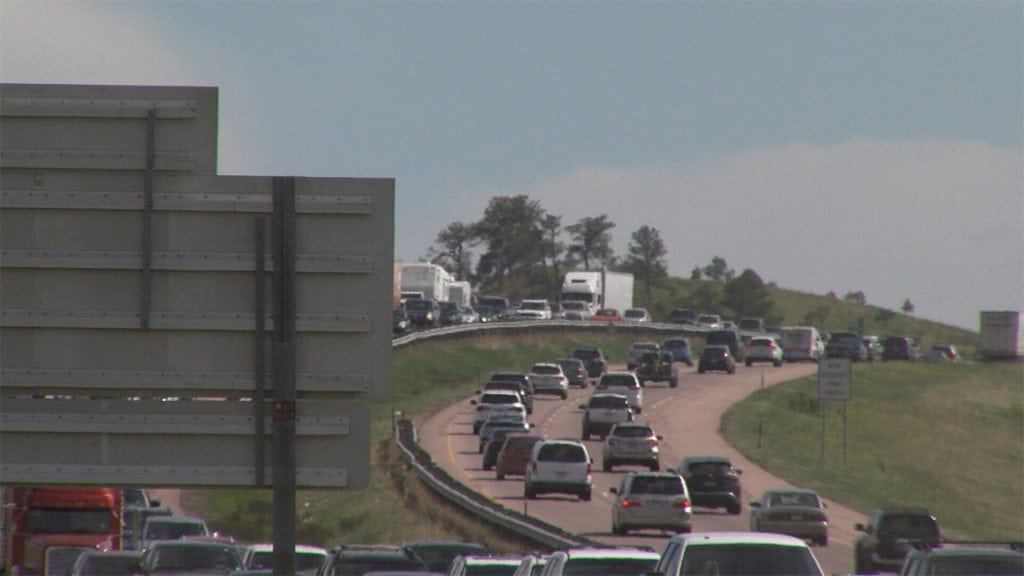COLORADO SPRINGS – Between the construction, traffic and weather, Colorado drivers are becoming increasingly frustrated with traveling through the state.
That’s why the Colorado Department of Transportation is asking drivers to change their habits and use a different merging technique, as a lot of the tension deals with merging onto the interstate or other busy roads.
It’s called the zipper merge, something John Russ said should be taught to all Colorado drivers.
“Driving in Colorado is getting more like driving in California. I mean, everybody just seems like they’re the most important car on the road, and they’ve got to get there first,” Russ said. “Merging happens a lot on these roads, cause there’s always construction, so you’re going form three to two (lanes), or two to one. And I think they need to do some public service announcement, because no one seems to know how to do it.”

The frustration is likely shared by thousands of Colorado drivers, according to CDOT, prompting a reminder on how to properly merge, using the zipper merge.
“You think you’re in a hurry and you need to get into that left or right lane, and it’s actually the exact opposite of what you need to do,” said Michelle Peulen, communications manger for CDOT Region 2.
Whether it’s construction, or just a typical merge onto I-25, CDOT is asking drivers to merge late.
It may come off as rude, but the technique actually cuts down the traffic backup, especially on roads like Highway 24.
“US-24’s a very, very narrow roadway, so we want to make sure we use up as much of that roadway as we can,” Peulen said.
Then, drivers in the two lanes alternate merging into one lane like a zipper, so that all lanes of traffic flow as best as possible, even in a construction zone.
“Take your turn. Be courteous. Use that left or right lane all the way up until the merge point,” Peulen said. “And then, if you’re in that non-closed lane, be courteous and let someone in.”

